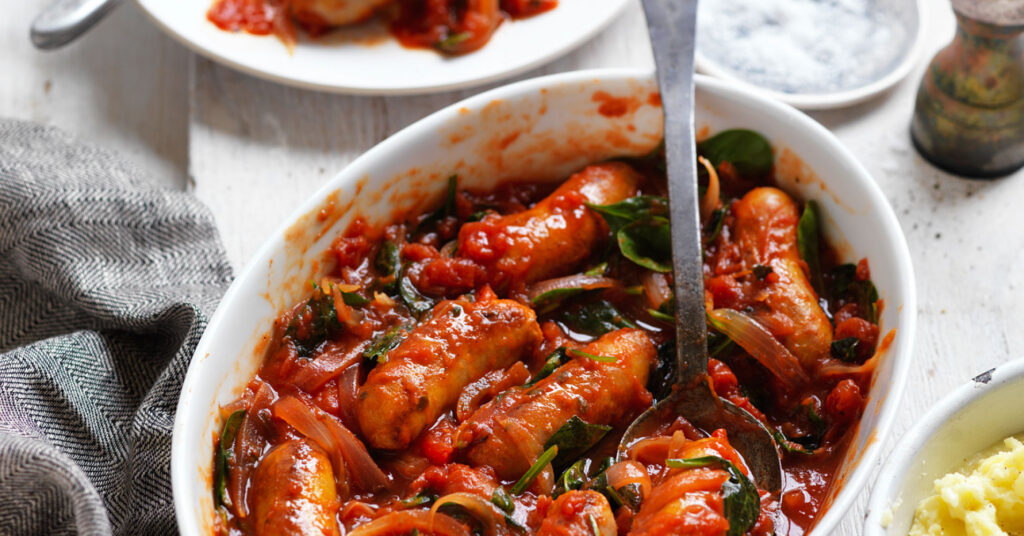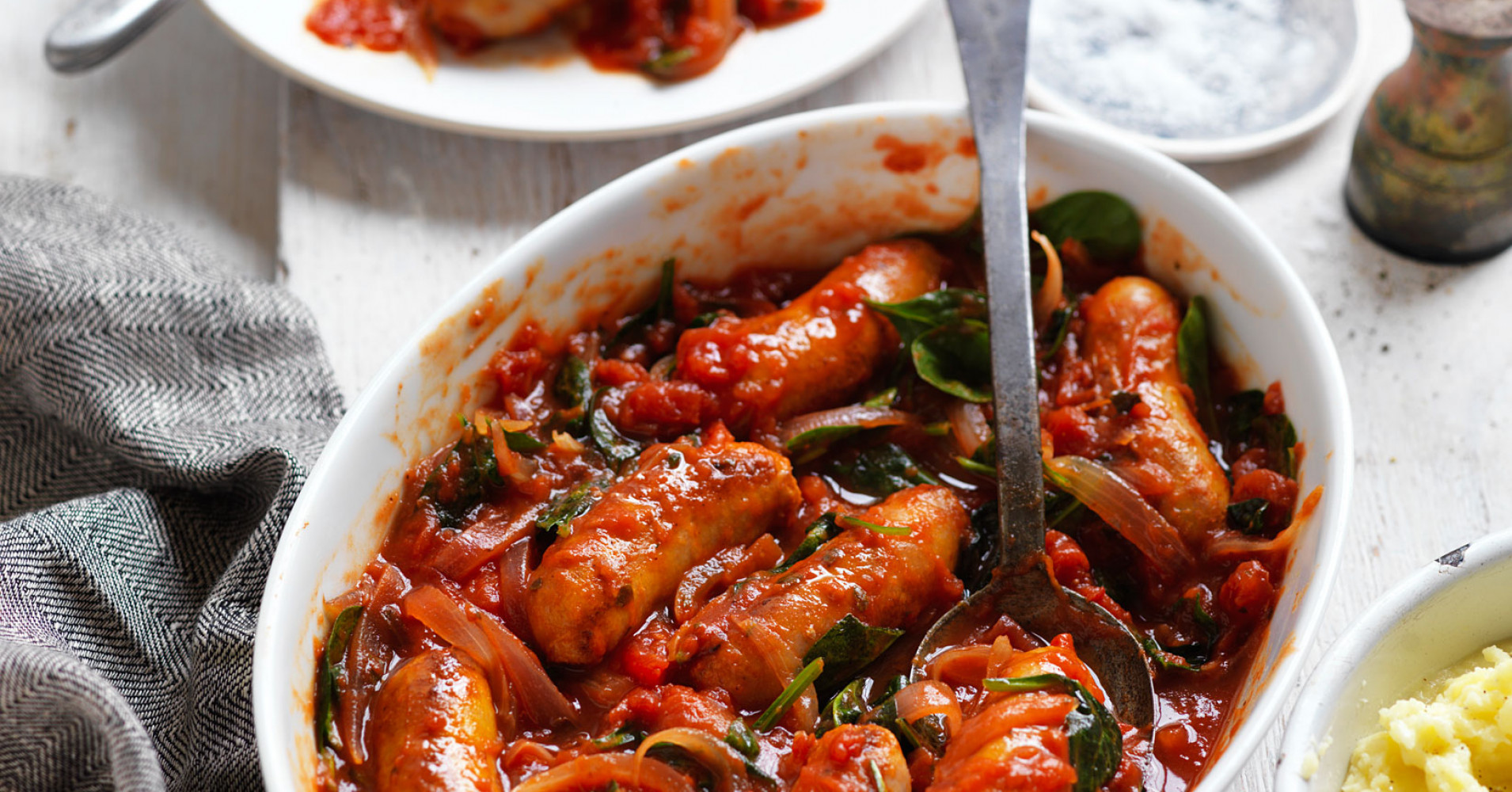
Chipolata Sausage: A Comprehensive Guide to This Culinary Delight
The chipolata sausage, a slender and flavorful link, holds a cherished place in culinary traditions across the globe. From its humble beginnings to its modern-day versatility, this sausage boasts a rich history and an adaptable nature that makes it a favorite among chefs and home cooks alike. This article delves into the world of the chipolata sausage, exploring its origins, ingredients, preparation methods, culinary uses, and nutritional profile. Understanding the nuances of this sausage will elevate your cooking and expand your appreciation for the art of sausage making.
Origins and History
The precise origins of the chipolata sausage are somewhat shrouded in mystery, but its name offers a clue. Derived from the Italian word ‘cipollata,’ meaning ‘made with onions,’ it suggests that early versions of the sausage likely contained onions as a key ingredient. While the exact timeline is unclear, the chipolata sausage is believed to have emerged as a popular culinary item in France and Italy before spreading to other parts of Europe and beyond. Traditionally, chipolata sausages were made using coarsely ground pork, seasoned with a blend of herbs and spices, and encased in a thin natural casing, giving them their distinctive slender shape. Over time, regional variations and modern adaptations have led to diverse recipes and flavor profiles, but the fundamental characteristics of the chipolata sausage remain consistent.
Ingredients and Preparation
The composition of a chipolata sausage can vary depending on the producer and regional preferences, but the core ingredients typically include ground pork, fat, breadcrumbs (sometimes), and a medley of seasonings. Common spices used in chipolata sausage recipes include salt, pepper, nutmeg, thyme, sage, and mace. Some variations may also incorporate garlic, onions, or other aromatic ingredients to enhance the flavor. The quality of the pork is crucial for the final product; using a blend of lean meat and fat ensures a moist and flavorful sausage. The mixture is then carefully ground to the desired consistency and stuffed into natural or synthetic casings, typically sheep or hog casings. The size is distinctive, being thinner than typical sausages. The stuffed sausages are then linked and ready for cooking.
Choosing the Right Ingredients
Selecting high-quality ingredients is paramount for creating a delicious chipolata sausage. Opt for fresh, locally sourced pork whenever possible. The fat content of the pork is also important; aim for a ratio of approximately 70% lean meat to 30% fat for optimal flavor and texture. The choice of spices can be tailored to your personal preferences, but a balanced blend of savory and aromatic herbs will complement the pork beautifully. Experiment with different spice combinations to create your own signature chipolata sausage recipe.
Making Chipolata Sausages at Home
While readily available in most supermarkets, making chipolata sausages at home allows for greater control over the ingredients and flavor profile. Start by sourcing high-quality ground pork and your preferred seasonings. Mix the ingredients thoroughly and chill the mixture for at least an hour to allow the flavors to meld. Use a sausage stuffer to fill the casings with the meat mixture, ensuring that the sausages are evenly packed. Link the sausages by twisting the casings at regular intervals. Homemade chipolata sausages can be cooked immediately or stored in the refrigerator for a few days. [See also: Sausage Making at Home].
Cooking Methods
Chipolata sausages are incredibly versatile and can be cooked using a variety of methods, including grilling, pan-frying, baking, and poaching. Each method imparts a slightly different flavor and texture to the sausage. Grilling yields a smoky, charred flavor, while pan-frying results in a crispy, golden-brown exterior. Baking offers a more even cooking method, and poaching is ideal for preserving the sausage’s moisture. Regardless of the method you choose, ensure that the sausages are cooked thoroughly to an internal temperature of 160°F (71°C) to ensure food safety.
Grilling
Grilling chipolata sausages is a popular choice, especially during the summer months. Preheat your grill to medium heat and lightly oil the grates to prevent sticking. Place the sausages on the grill and cook for approximately 8-10 minutes, turning frequently to ensure even cooking. The sausages are done when they are browned on all sides and the internal temperature reaches 160°F (71°C). Serve grilled chipolata sausages as part of a barbecue spread or alongside grilled vegetables and salads.
Pan-Frying
Pan-frying is a quick and easy way to cook chipolata sausages. Heat a tablespoon of oil in a skillet over medium heat. Add the sausages to the skillet and cook for approximately 6-8 minutes, turning frequently until they are browned on all sides. Be careful not to overcrowd the pan, as this can lower the temperature and result in uneven cooking. Serve pan-fried chipolata sausages with mashed potatoes, eggs, or as part of a full English breakfast.
Baking
Baking is a convenient method for cooking a large batch of chipolata sausages. Preheat your oven to 375°F (190°C). Place the sausages on a baking sheet lined with parchment paper and bake for approximately 15-20 minutes, or until they are cooked through. Baking ensures even cooking and requires minimal attention. Baked chipolata sausages can be served as part of a buffet or added to casseroles and other baked dishes.
Poaching
Poaching is a gentle cooking method that helps to retain the moisture in chipolata sausages. Bring a pot of water or broth to a simmer. Add the sausages to the simmering liquid and cook for approximately 10-12 minutes, or until they are cooked through. Poached chipolata sausages are tender and juicy, making them a great addition to soups, stews, and pasta dishes.
Culinary Uses
The versatility of chipolata sausages extends to a wide range of culinary applications. They can be served as a standalone dish, incorporated into main courses, or used as an ingredient in appetizers and side dishes. Their delicate flavor and small size make them particularly well-suited for dishes that require a subtle but noticeable pork flavor. Here are some popular culinary uses for chipolata sausages:
- Breakfast: Chipolata sausages are a classic component of a full English breakfast, often served alongside bacon, eggs, toast, and baked beans.
- Appetizers: Skewer grilled chipolata sausages with vegetables for a flavorful appetizer, or wrap them in puff pastry for a savory snack.
- Main Courses: Add chipolata sausages to stews, casseroles, and pasta dishes for a boost of flavor and protein.
- Side Dishes: Serve chipolata sausages with roasted vegetables, mashed potatoes, or polenta for a complete and satisfying meal.
- Stuffing: Use crumbled chipolata sausages as a flavorful addition to stuffing for poultry or vegetables.
Regional Variations
While the basic concept of the chipolata sausage remains consistent, regional variations exist, reflecting local tastes and culinary traditions. In some regions, the sausages may be spicier, while in others, they may be sweeter or more savory. Some variations may also incorporate different types of meat, such as lamb or beef, in addition to pork. Exploring the regional variations of chipolata sausages can be a fun and rewarding culinary adventure. [See also: Types of Sausages Around the World].
Nutritional Profile
Like all sausages, chipolata sausages contain a significant amount of protein and fat. The exact nutritional content can vary depending on the ingredients and preparation methods, but a typical serving of chipolata sausages contains approximately 200-300 calories, 15-25 grams of fat, and 10-15 grams of protein. Chipolata sausages also provide essential nutrients such as iron, zinc, and vitamin B12. However, they can also be high in sodium, so it’s important to consume them in moderation as part of a balanced diet. Choosing leaner cuts of pork and reducing the amount of added salt can help to improve the nutritional profile of chipolata sausages. Always read the nutritional information label to ensure you understand the contents of pre-made sausages.
Conclusion
The chipolata sausage, with its delicate flavor and versatile nature, has earned its place as a culinary staple around the world. From its humble origins to its modern-day applications, this sausage continues to delight food lovers with its simplicity and adaptability. Whether you’re grilling them for a barbecue, adding them to a stew, or serving them as part of a full English breakfast, chipolata sausages are sure to add a touch of flavor and satisfaction to any meal. By understanding the origins, ingredients, preparation methods, and culinary uses of this beloved sausage, you can elevate your cooking and appreciate the art of sausage making even more.

